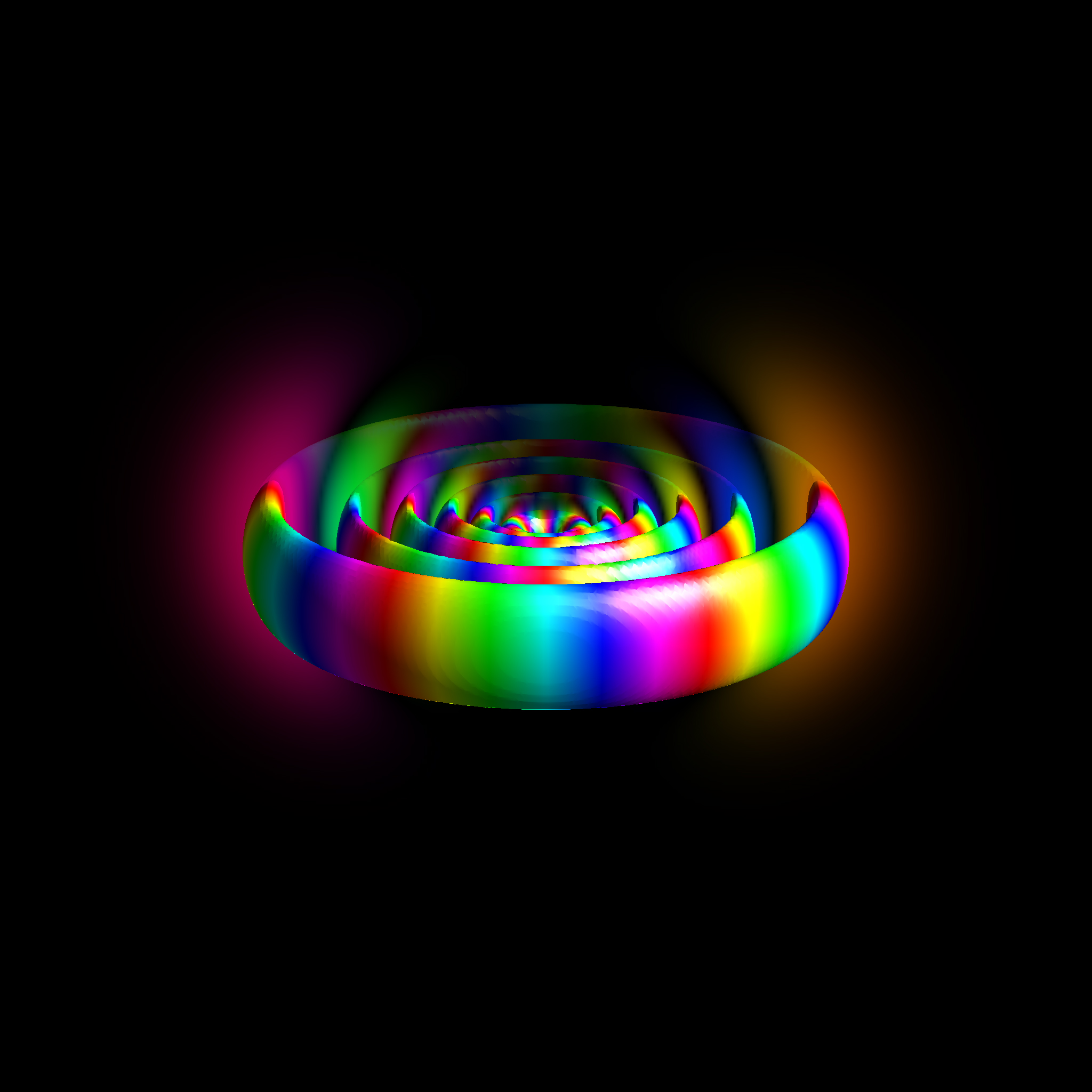(BETA)
Second run results are in from The Oracle Precision Physics Constant Generator (TOP-PCG2)
THIS RUN IS VERY EXPERIMENTAL AS IT FREES UP ALL CONSTANTS TO BE ADJUSTED
7-8 different fundamental physics constants were calculated:
(BETA version ⟱ The Oracle Says!!)
$e=1.602251451738(3054)\times10^{-19}$ <~~ TOP_PCG2
$h=6.62577381838(3603)\times10^{-34}Js$ <~~ TOP_PCG2
$m_e=9.10979080749(9954)\times10^{-31}kg$ <~~ TOP_PCG2
$r_p=8.41199715091(6646)\times10^{-16}m$ <~~ TOP_PCG2
$R_H=10973240.98261(2936)m^{-1}$ <~~ TOP_PCG2
$\epsilon_0=8.85379198631(7646)\times10^{-12}Fm^-1$ <~~ TOP_PCG2
$c=299779055.6354(0846)ms^{-1}$ <~~ TOP_PCG2
$m_p=1.67262189820(9999)m^{-1}$ <~~ input proton mass (see program for other inputs)
$m_p=1.672693330841(4473)m^{-1}$ <~~ TOP_PCG2
Proton to Electron Mass Ratio = 1836.152673809(3817) <~~ TOP_PCG
Proton to Electron Mass Ratio = 1836.070589933(8043) <~~ TOP_PCG2
$$F\left(x,\cdots,x_n\right)\equiv1\equiv{m_e}{e^4\over8c\epsilon_0^2h^3R_H}-{{\pi r_pcm_e}\over2h}$$
The above coefficients go into the above equation using a numerical method to calculate 1 to 13 decimal places:
$\alpha=fine\;structure\;constant$
$m_e=mass\;of\;electron$
$m_p=mass\;of\;proton$
$r_p=2010\;and\;2013\;muonic\;hydrogen\;proton\;radius\;(Haramein's\;Equation)$
$R_H=Rydberg\;constant$
$m_pr_p={2h\over{\pi c}}=4\ell m_{\ell}\;(Haramein's\;Equation)$
$\ell=Planck\;Length$
$m_{\ell}=Planck\;Mass$
$h=$ Planck's constant
$c=$ Speed of light
$\epsilon_0=$ Permittivity of vacuum
$e=$ elementary charge
A little more correlation work is needed and other experiments, like locking down certain coefficients if they are considered "golden" in their accuracy.
The coefficients are so different after 4 digits because there is a 1 out of 1836 error in the existing coefficients. All related to the proton radius problem, proton to electron mass ratio, and the very poor proton magnetic moment work. And lack of the experimentalists' handing the coefficients according to the theory.
Here's a copy of the program: PhysicsCoefficientsPhxMarkER <- click here
(the IO and comments and bits resolution need a little fixing, but the ideas are there - very short program)
(adjust line 5001 to adjust stopping resolution xresstop=2e-10 runs faster than 2e-15)
(it runs on this online interpreter: http://www.calormen.com/jsbasic/

Do you have a Mathematica script to find the roots of your equation to arbitrary precision? I ask because in your paper under "3. Mathematical Formulation, Analysis, and Comments" it says:
ReplyDelete"The algorithm is ONLY stabe when the proton to electron mass ratio equation (proton radius solution) is used. Wolfram analysis indicates there are real and imaginary roots."